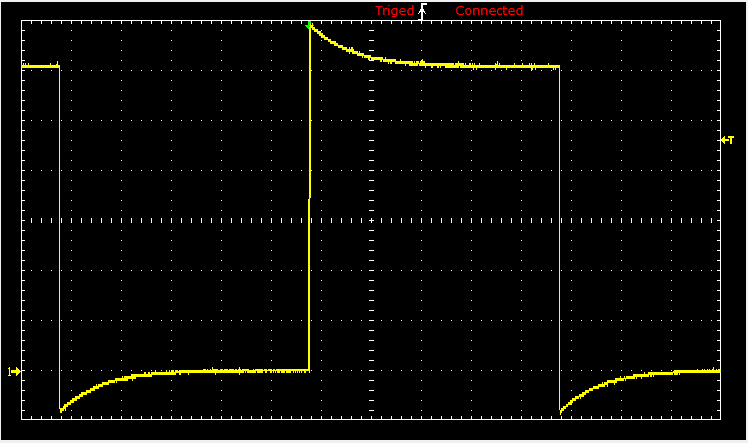Vladimir Dobrushkin
https://math.uri.edu/~dobrush/
Permission is granted to copy, distribute and/or modify this document under the terms of the GNU Free Documentation License, Version 1.2 or any later version published by the Free Software Foundation; with no Invariant Sections, no Front-Cover Texts, and no Back-Cover Texts. A copy of the license is included in the appendix entitled GNU Free Documentation License.
Global Positioning System
The basic static navigational solution of the Global Positioning System (GPS) is based upon the simultaneous measurement of the pseudoranges between a set of GPS satellites and a user's receiver. Each pseudorange measurement represents a sphere of position for the receiver centered on the corresponding GPS satellite. The intersection of four or more spheres allows an estimate of the receiver's position and the receiver's clock o€set to be formed. This scenario is referred to as a spherical navigation solution. The GPS static positioning problem is defined as follows: a set of n simultaneous pseudorange measurements as well as the positions & R i ) of the corresponding GPS satellites from which the pseudorange measurements are made; ®nd the solution for the receiver's position
Traditionally, the approach taken to solve this basic navigational problem is to use a gradient solution approach by linearizing the measurements about an initial estimate of the state parameters,
